The Early Years: Coco’s Practical Vision
1910–1920s: From Millinery to Handbags
Gabrielle “Coco” Chanel opened her first hat boutique at 21 rue Cambon, Paris, in 1910. By the early 1920s she was designing relaxed jersey suits that freed women from corsets and heavy embellishment. Her accessories followed the same logic: light, functional and discreet. Initial handbags were soft evening pouches, carried by hand. Coco found them inconvenient; she wanted a bag that left her hands free for life in the modern city.
1929: The Prototype Shoulder Bag
In 1929 she introduced a rectangular evening bag with a long chain strap, adapting the metal chains from her boutique’s belt stock. The shape seeded ideas for a larger day-to-night model she would revisit after the Second World War.
The 2.55: Setting the Template
February 1955—The 2.55 Launch
On 2 February 1955, Chanel released the 2.55 flap bag. Its details solved everyday problems: a leather-backed metal chain allowed shoulder carry, the burgundy lining made it easier to find belongings, and the zip pocket under the flap hid banknotes. The diamond-quilted surface referenced equestrian jackets at the racecourse, and the Mademoiselle turn-lock kept the lines clean. Medium size soon became the benchmark, with versions in calfskin, jersey and tweed following.
Locked Design Codes
Elements introduced on the 2.55 remain core Chanel signatures: diamond quilting, metal chain, burgundy interior and understated hardware. These codes anchor every subsequent release, even when silhouettes shift.
Karl Lagerfeld and the Double-C Era
1983: Lagerfeld’s Arrival
When Karl Lagerfeld became artistic director in 1983, Chanel’s handbag range was modest. He retained the 2.55 but modernised the clasp, replacing the rectilinear turn-lock with interlocking CCs. The updated bag—informally called the Classic Flap—arrived in lambskin and the newly developed caviar-grain calf. Lagerfeld kept the leather-woven chain but offered variable strap lengths, broadening styling options.
Iconic Chanel Handbags
Classic Flap (1983)
The Classic Flap blends Coco’s 2.55 architecture with Lagerfeld’s CC lock. Four core sizes—Small, Medium, Jumbo and Maxi—cover most needs. A square Mini and rectangular Mini appeared later, capturing younger buyers who wanted cross-body ease. Material choice dictates mood: lambskin gives a soft sheen; caviar resists scratches; tweed references the brand’s jackets. Black with gold hardware remains the foundation combination, but seasonal colours and metallics keep secondary-market demand high.

Reissue 2.55 (2005)
For the 50th anniversary of the original flap, Lagerfeld released the Reissue. It restored the Mademoiselle lock and all-metal chain while retaining modern production standards. Dior-style hype was unnecessary: the Reissue already possessed a half-century of credibility. Collectors appreciate its subtle branding and immediate link to Coco’s own design.

Boy Bag (2011)
Inspired by Chanel’s companion Arthur “Boy” Capel, the Boy introduced a boxier silhouette and a chunky sliding chain anchored to-bag lengthwise. A rectangular push-lock replaced the turn clasp, giving the bag a more industrial edge that appealed to younger customers. Quilting switched to larger rectangles; finishes include chevron stitching, glossy patent and aged calfskin.

Gabrielle (2017)
Designed by Lagerfeld for the pre-Fall 2017 show, the Gabrielle mixes rigid base construction with a soft upper body, echoing vintage binocular cases. A double-ended chain allows multiple carries—shoulder, cross-body or backpack—without detaching straps. Mixed-tone hardware (ruthenium, aged gold, polished gold) gives a layered look while acknowledging Chanel’s jewellery heritage.
Chanel 19 (2019)
Virginie Viard, Lagerfeld’s long-time collaborator and successor, introduced the Chanel 19 months after his passing. Its name honours the year and Coco’s birthday (19 August). Large diamond quilting, oversized CC lock and interwoven mixed-metal chain modernise the Classic Flap formula, producing a softer, pillow-like feel that suits casual dressing.
Craftsmanship and Materials
Quilting and Stitch Count
Chanel uses precise stitch density—about eleven stitches per side of each diamond—to maintain structure without bulk. Too few stitches risk puffiness collapse; too many can stress leather.
Chain Production
Metal chain links are moulded and then galvanised in gold, silver or ruthenium finishes. For leather-interlaced styles, artisans cut and thread a single strip through each link, ensuring even tension.
Leather Selection
Lambskin is chrome-tanned for suppleness, then drum-dyed to ensure colour penetrates. Caviar leather is embossed with a grain pattern, improving scratch resistance. Exotic versions (python, alligator) observe CITES regulations and are produced in limited numbers.
The Role of Limited Editions
Chanel introduces seasonal materials—so-called Métiers d’Art tweeds, sequins and denim—to sustain collector interest. Special hardware (pearls, enamel, crystal) and runway exclusives create short supply, reinforcing value on the secondary market.
Price Evolution and Investment Context
Chanel has increased prices at least once yearly since 2015, citing raw-material costs and parity with Hermès. The Medium Classic Flap, for example, rose from about AUD 6 000 in 2012 to over AUD 16 000 by 2025. Steady appreciation supports strong resale values, particularly for black caviar Classic Flaps and neutral Boy Bags.
Sustainability Considerations
Chanel committed in 2018 to eliminate exotic skins, focusing on experimental leathers like Piñatex and mushroom-based Mylo for small accessories. In 2022 the house introduced carbon-neutral packaging and digital passports for high-value bags, documenting materials and care instructions.
Final Thoughts
From Coco Chanel’s hands-free 2.55 to Virginie Viard’s Chanel 19, each handbag builds on established codes—quilting, chain, structured silhouettes—while addressing contemporary life. Whether you favour the under-stated Reissue, the street-leaning Boy or the ultra-modern 19, every Chanel bag echoes a century-long conversation about practicality, texture and proportion, making the range an enduring reference point in leather goods design.






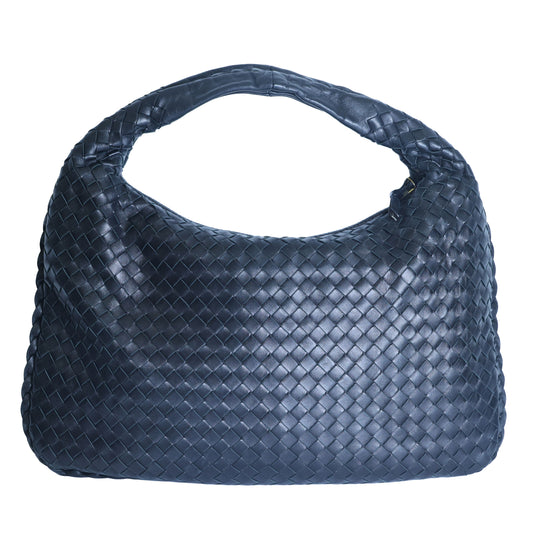
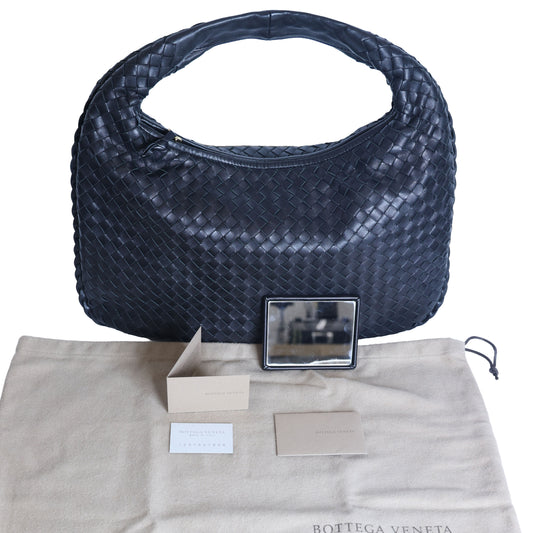
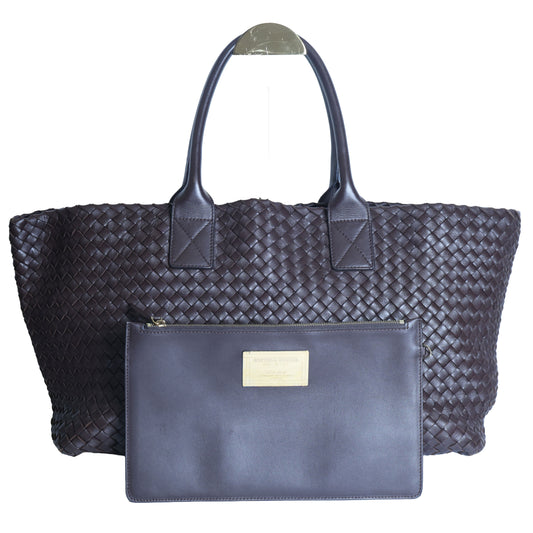
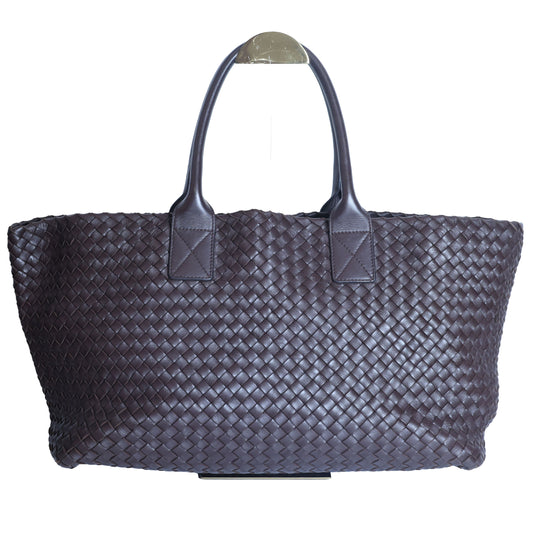
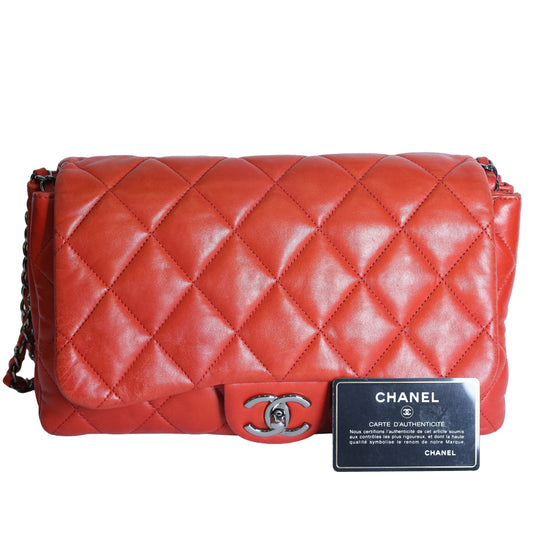
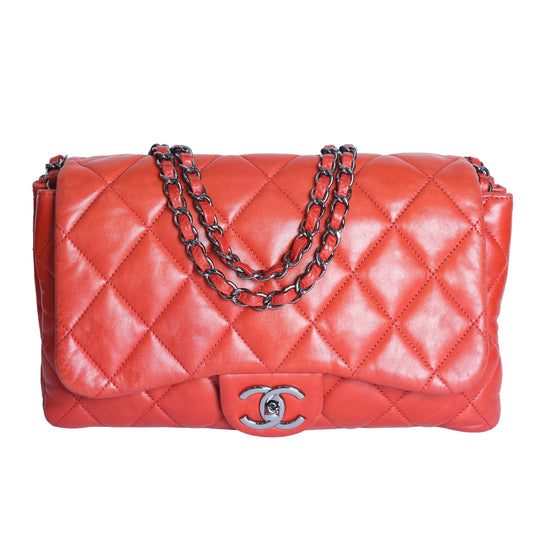
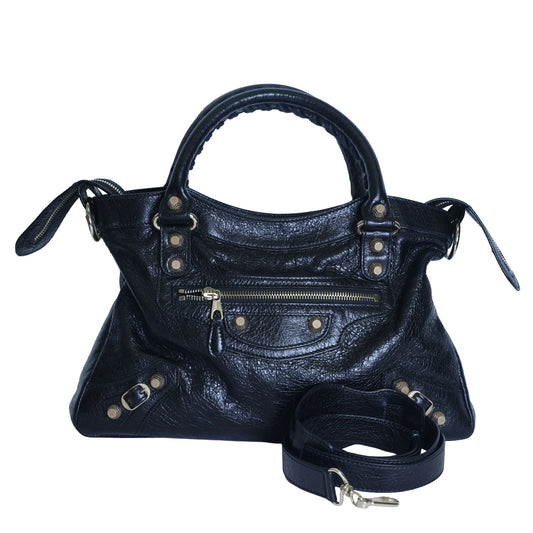
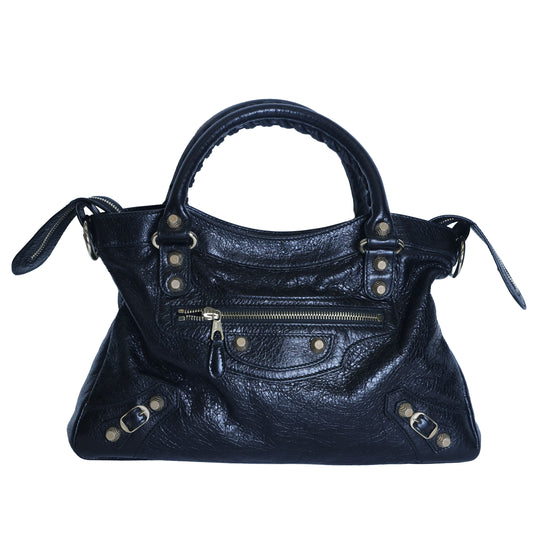
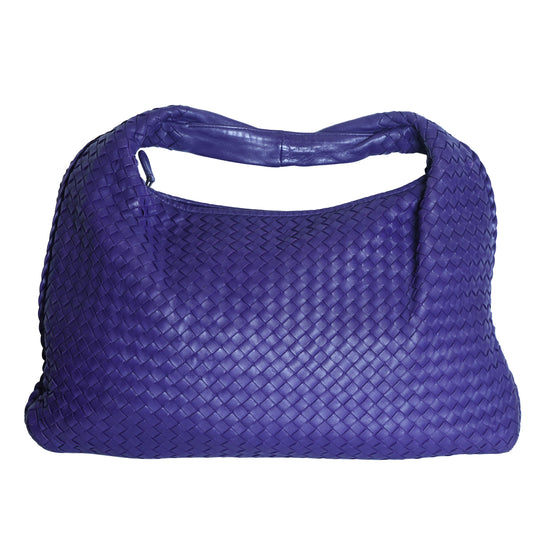
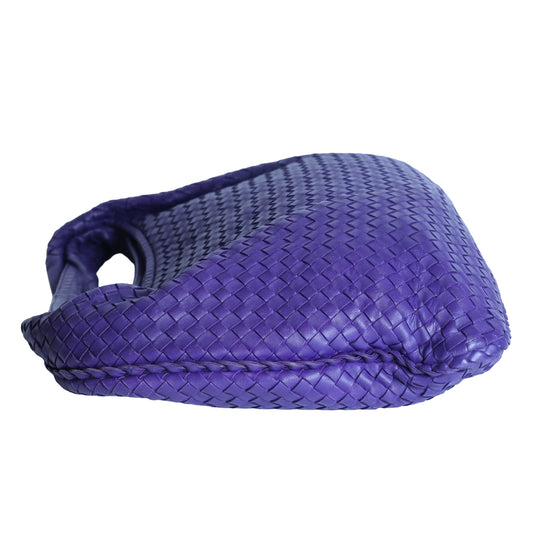
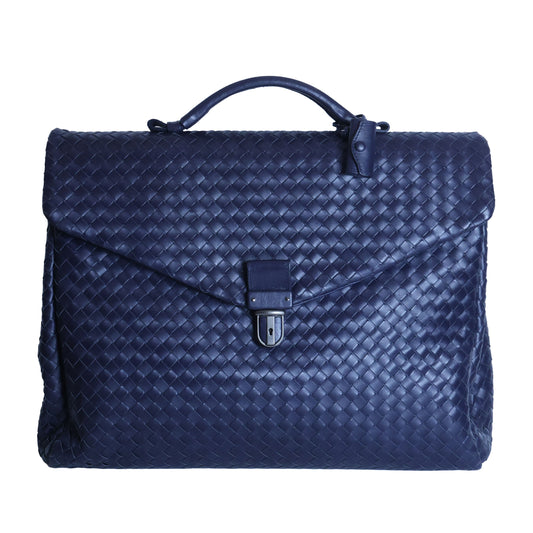
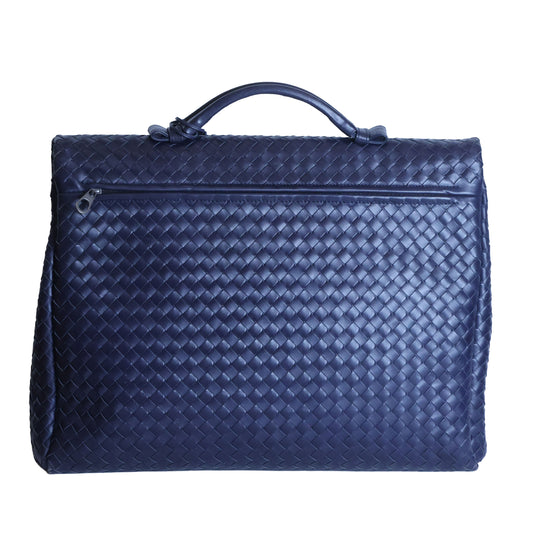
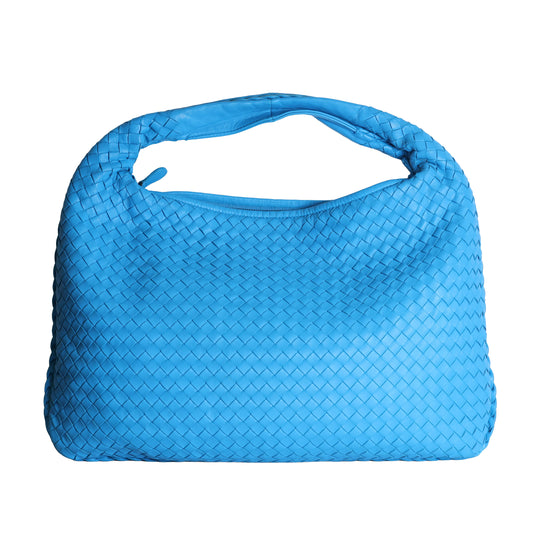
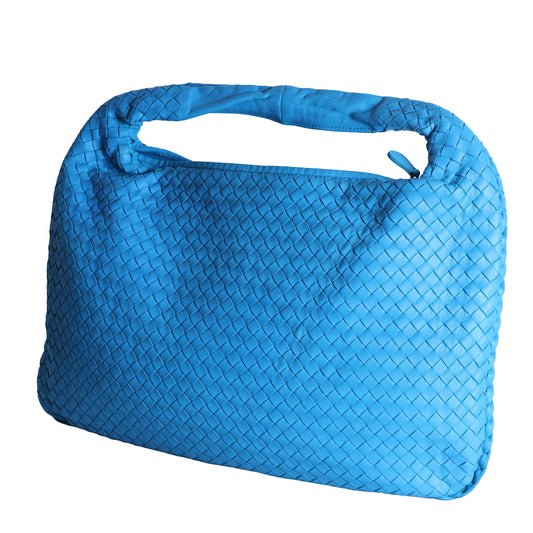
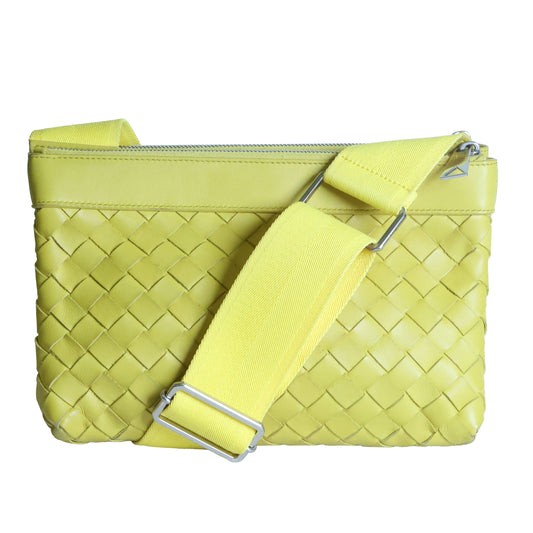
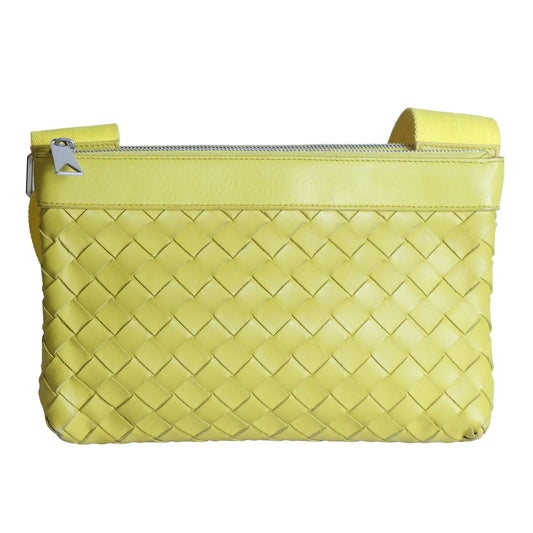
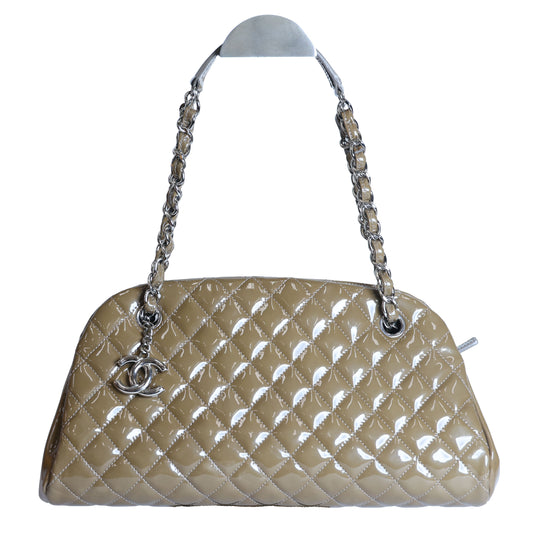
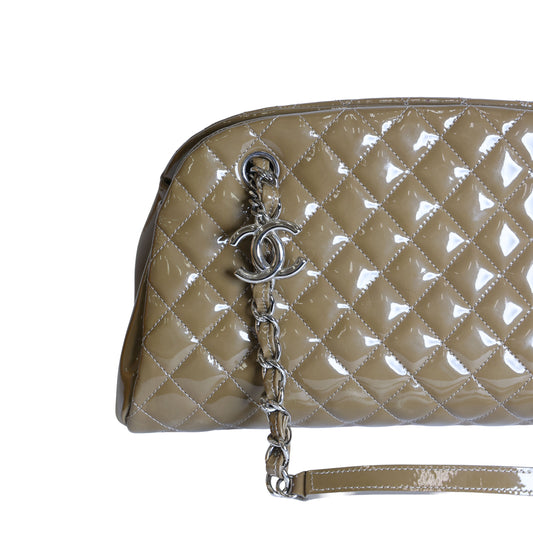
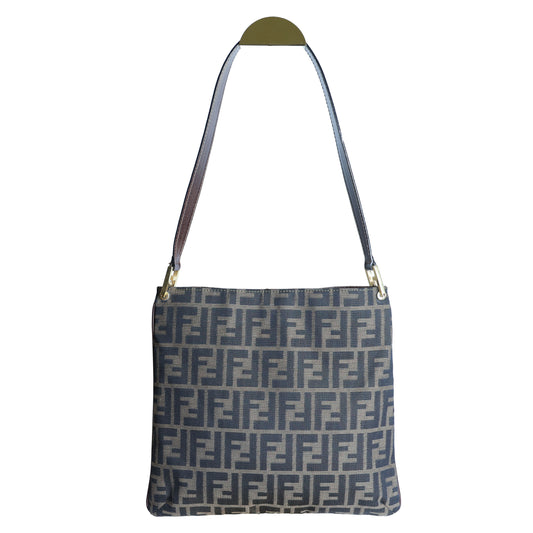
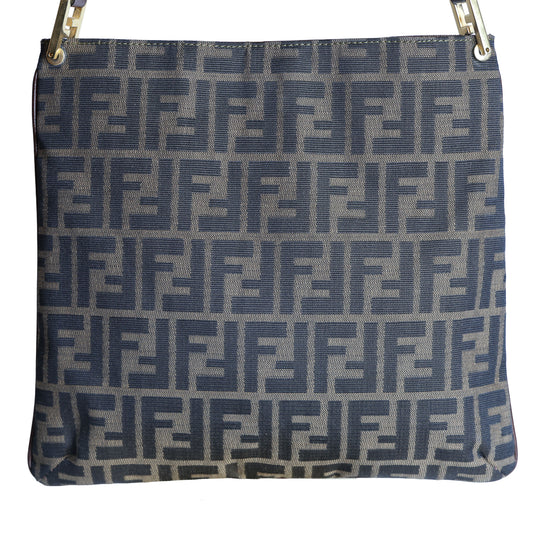
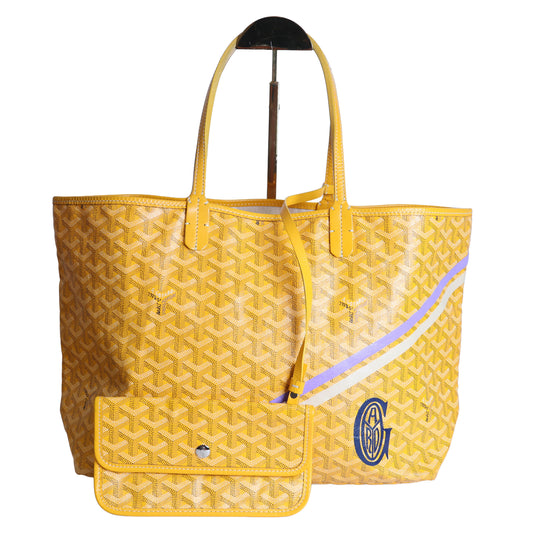
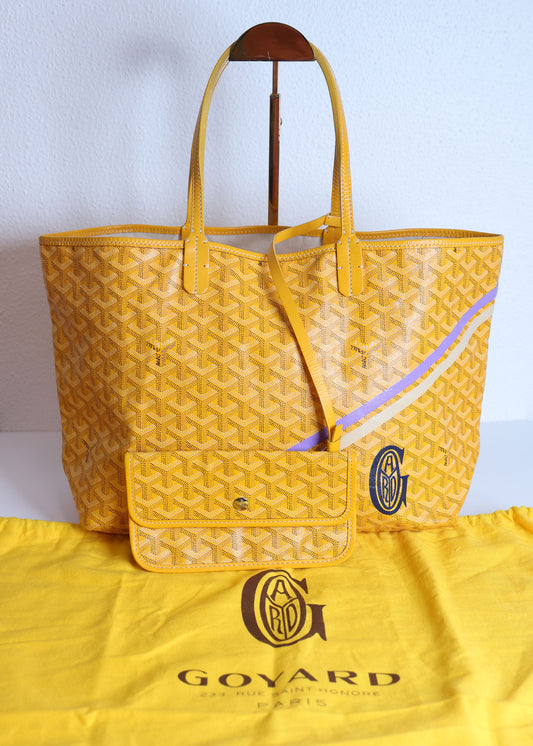
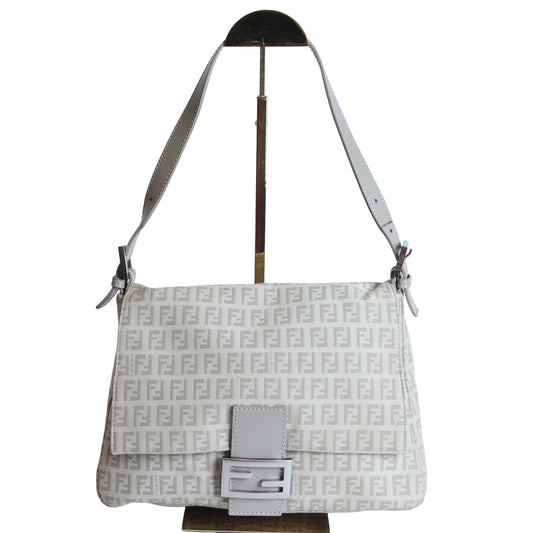
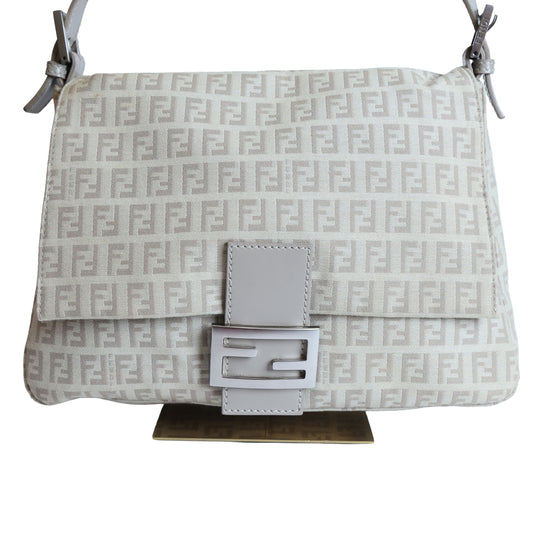
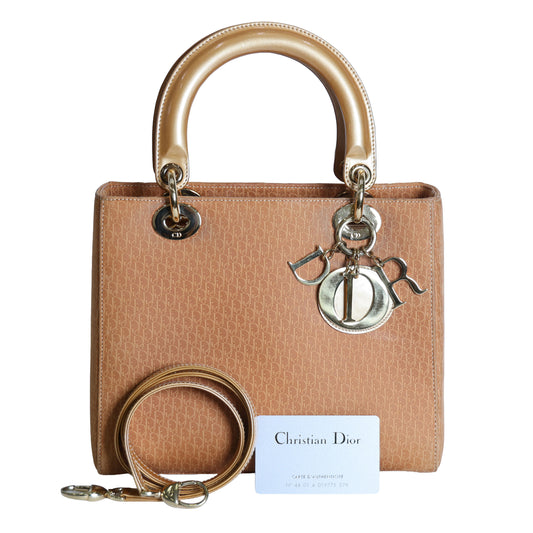
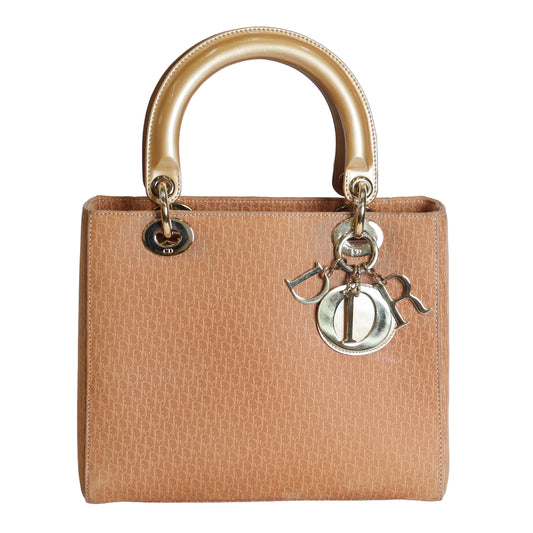
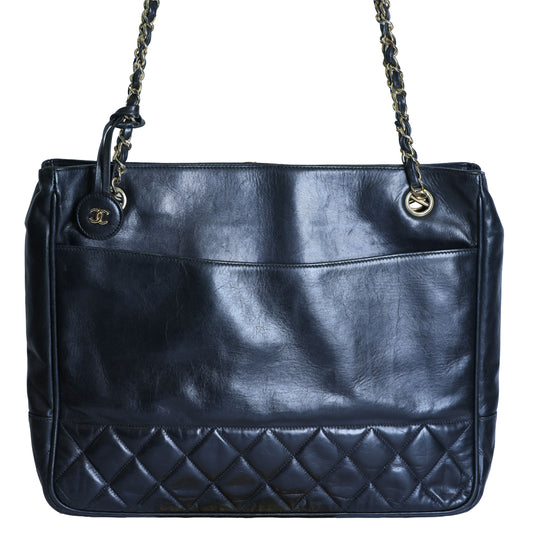
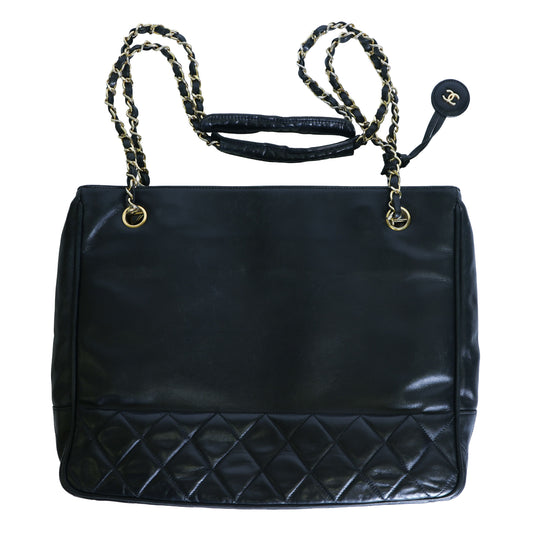
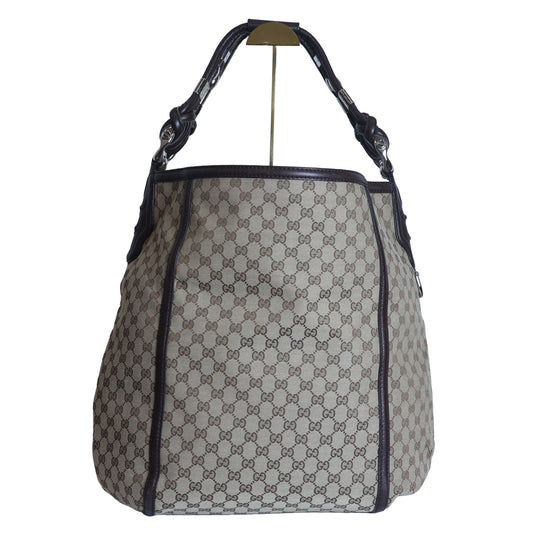
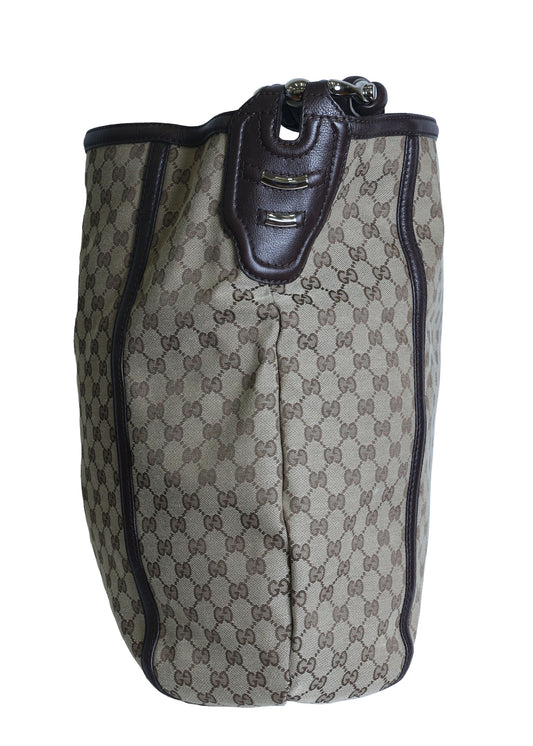
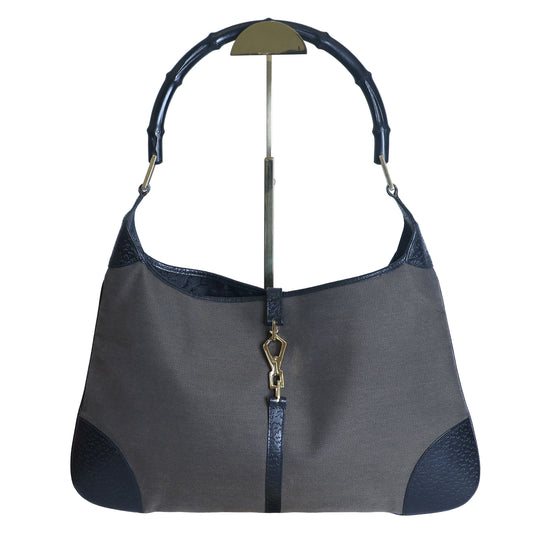
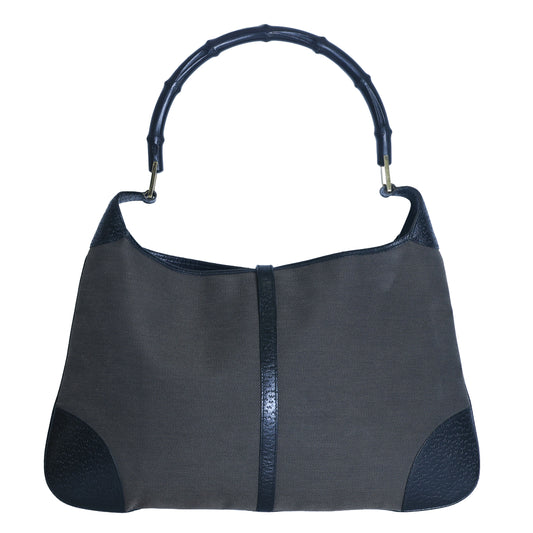
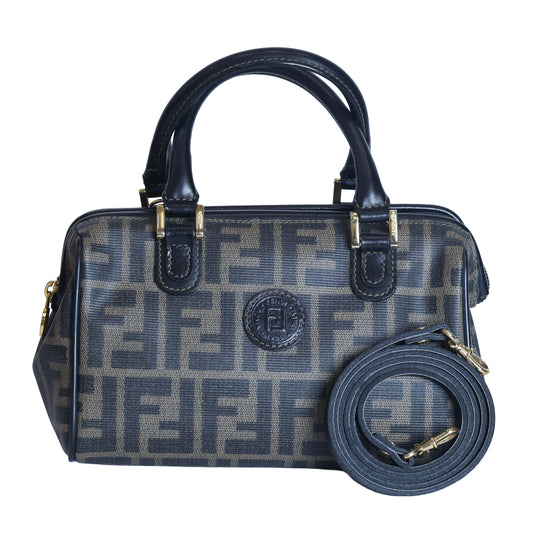
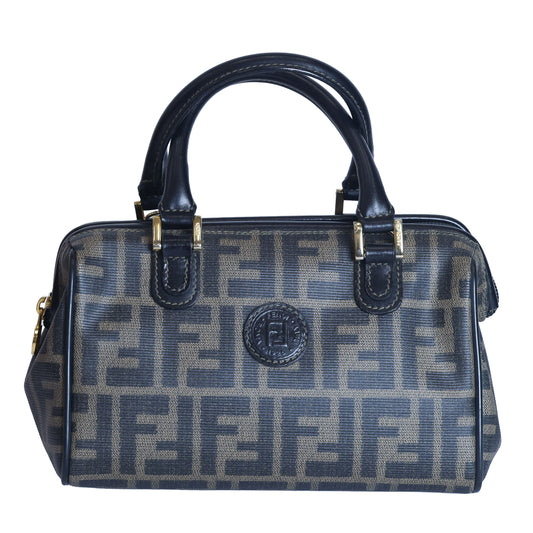
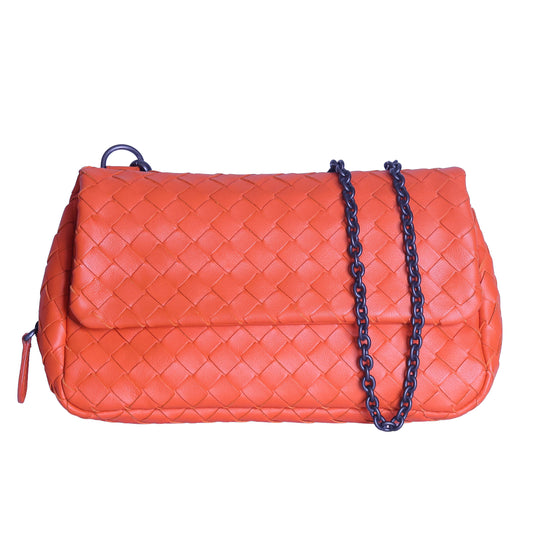
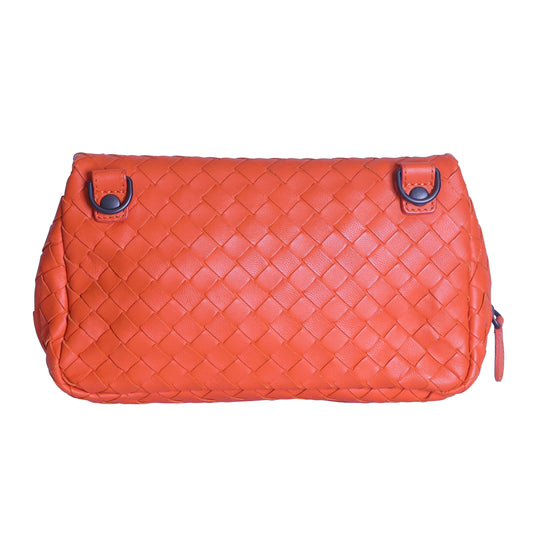
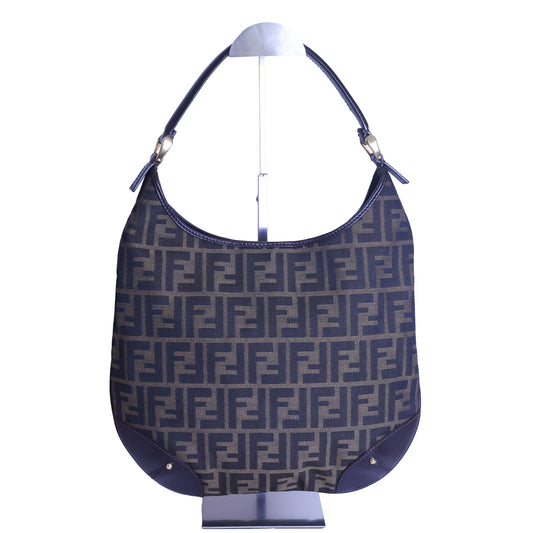
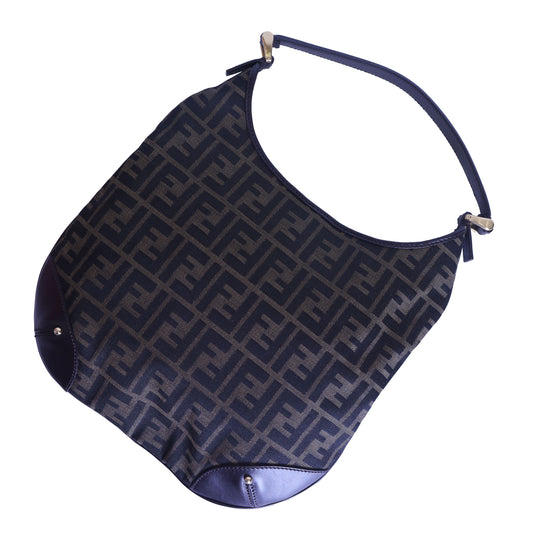
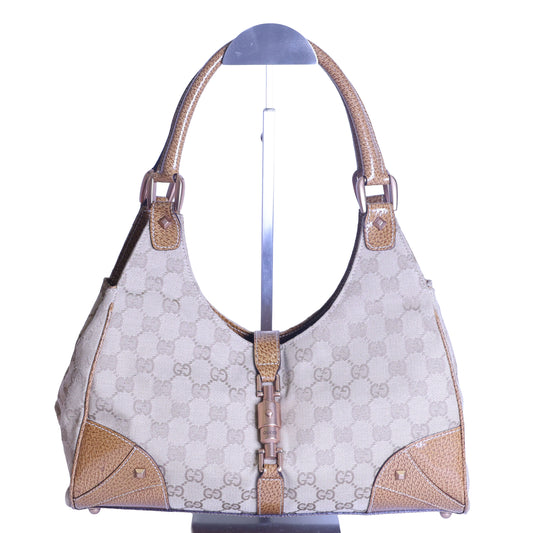
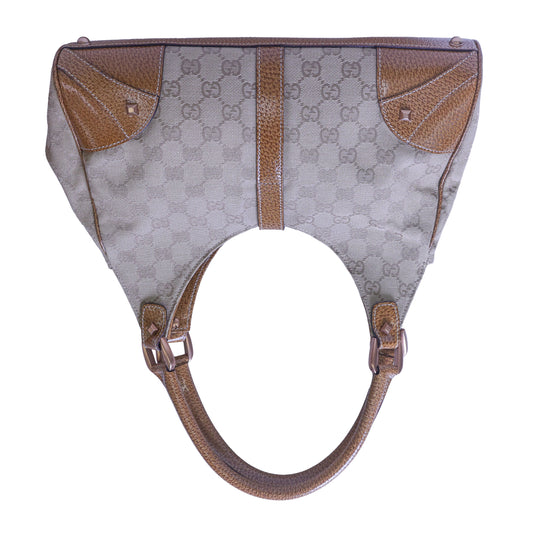
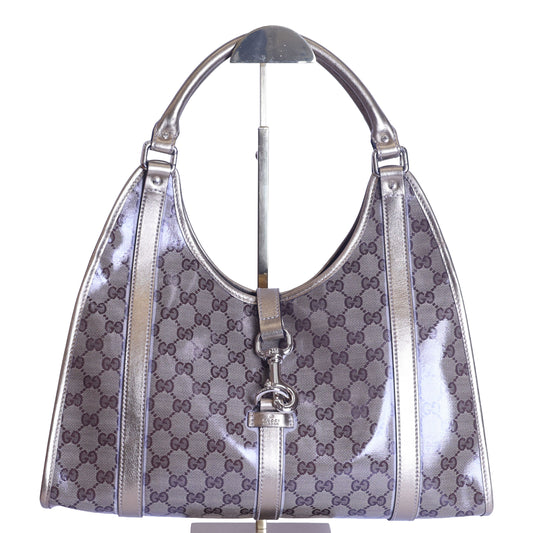
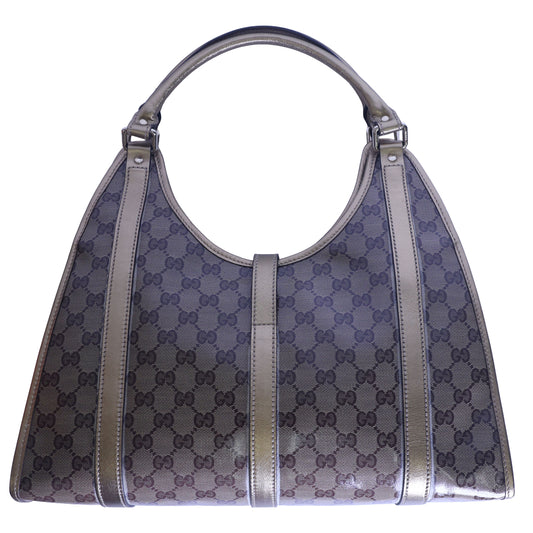
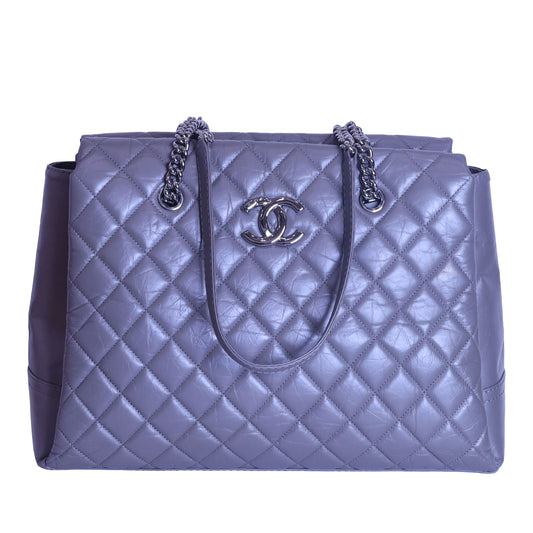
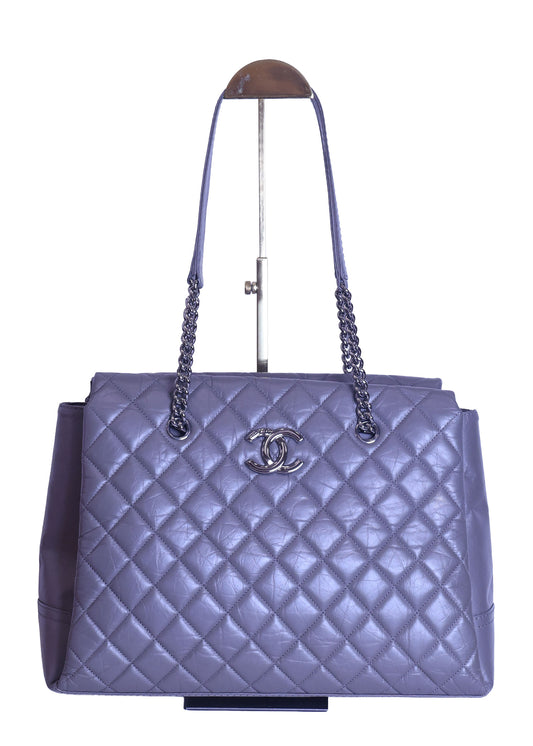
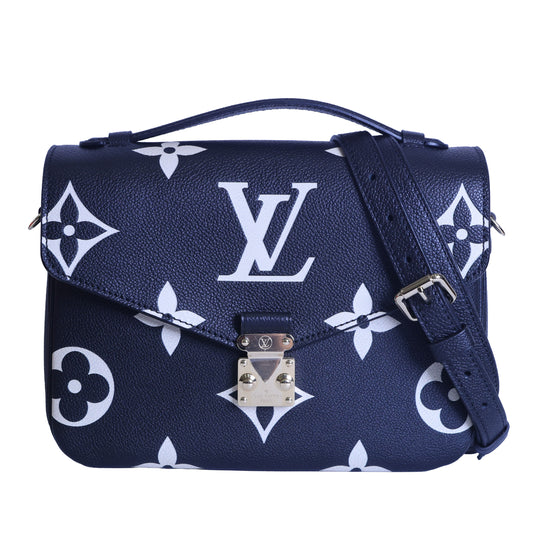
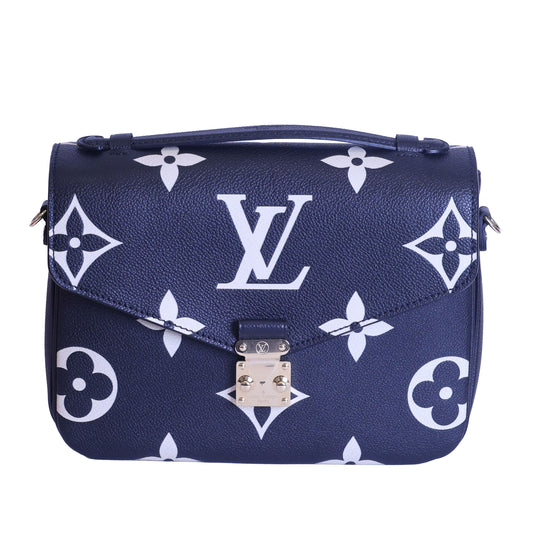
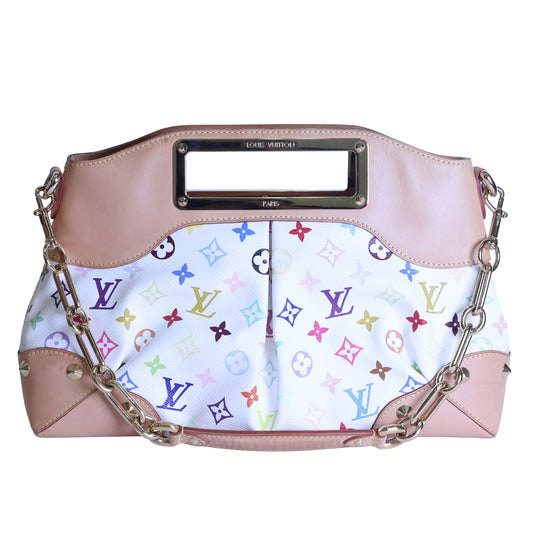
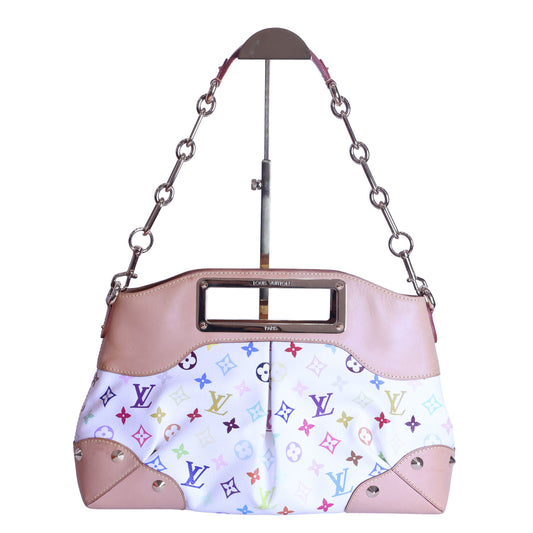
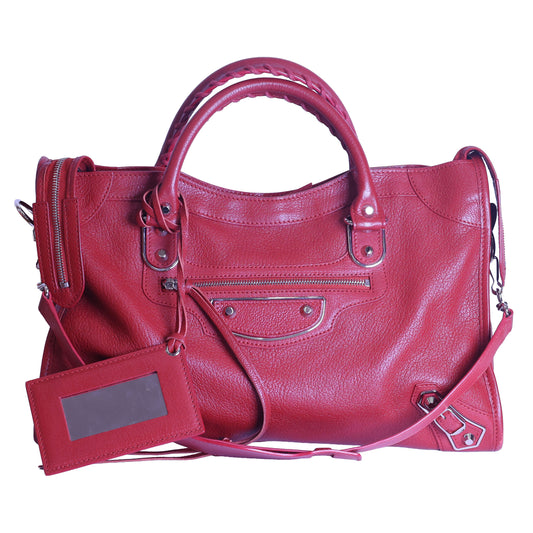
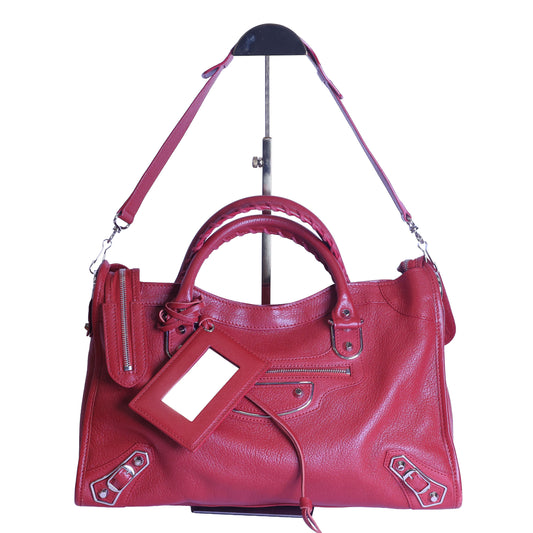
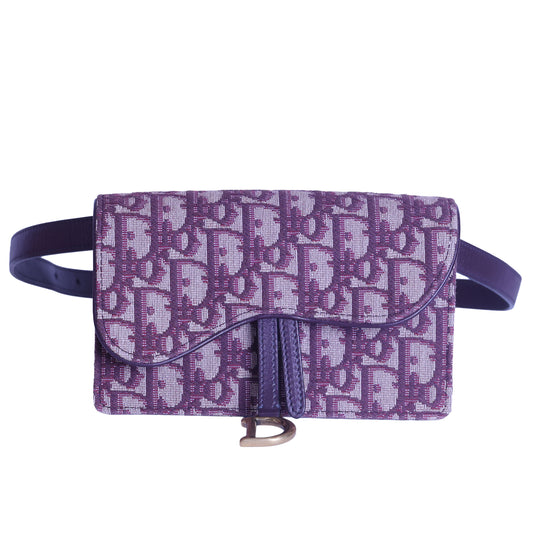
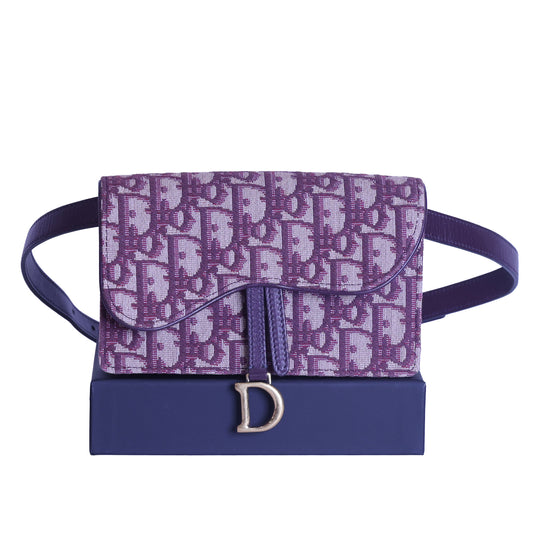
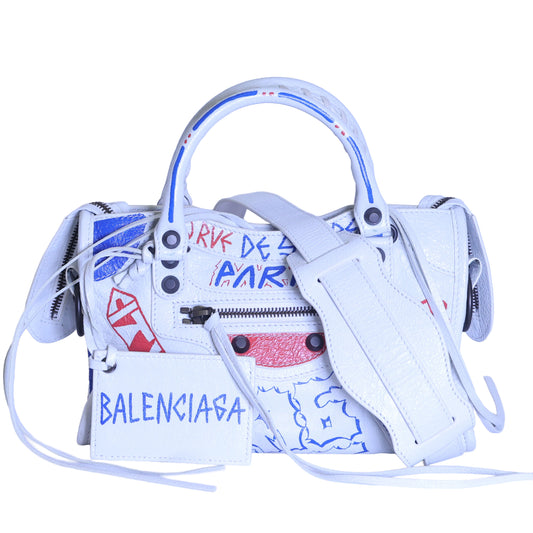
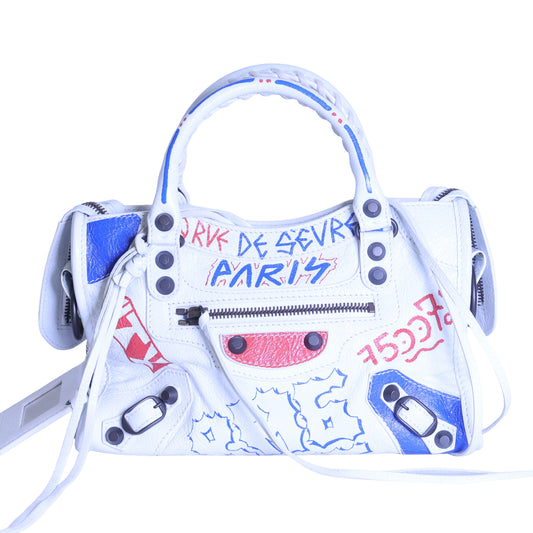
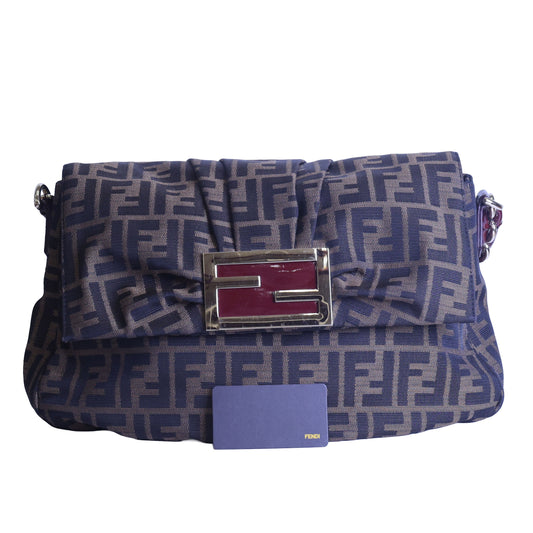
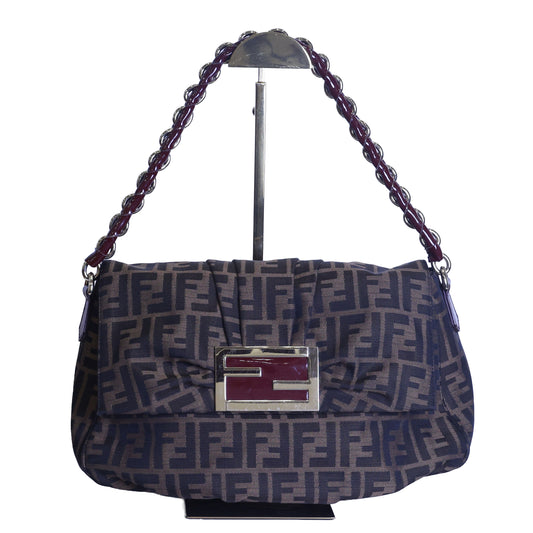
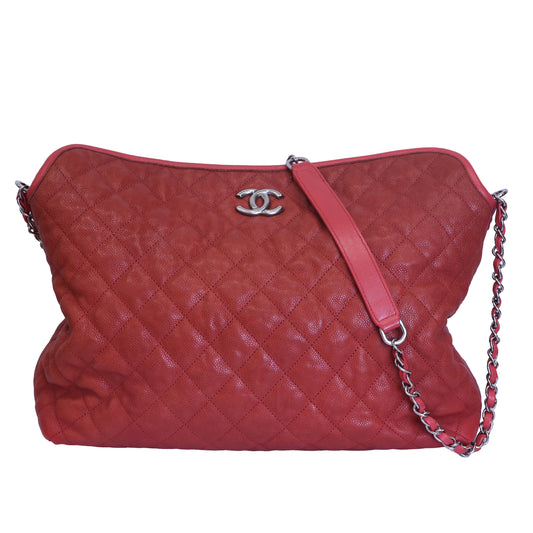
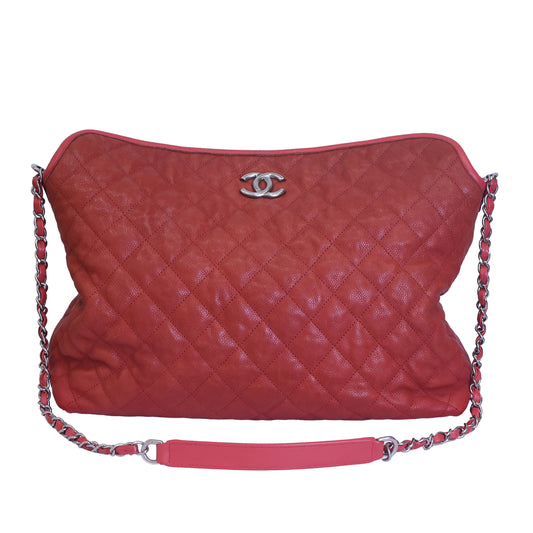
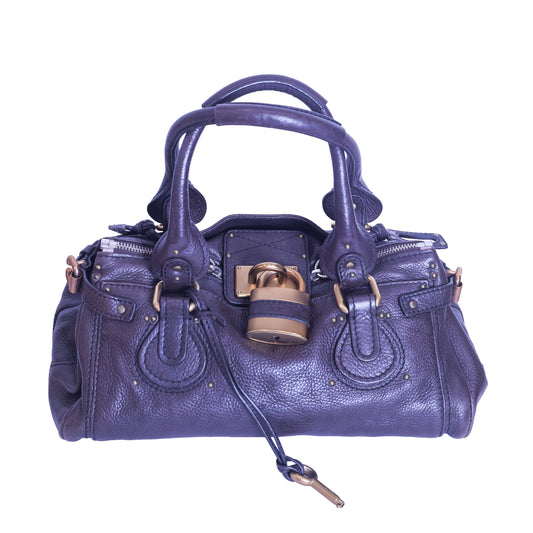
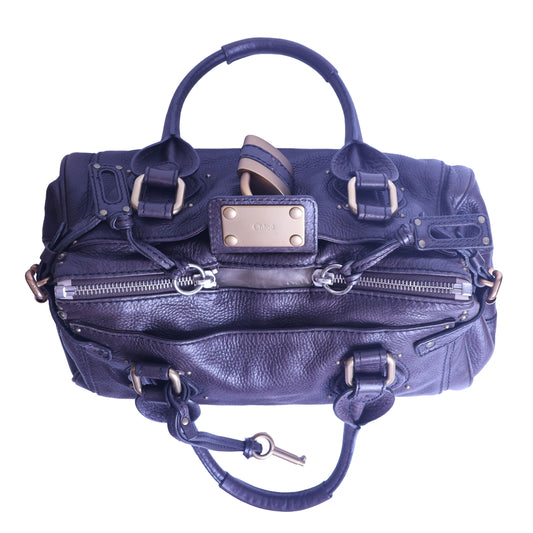
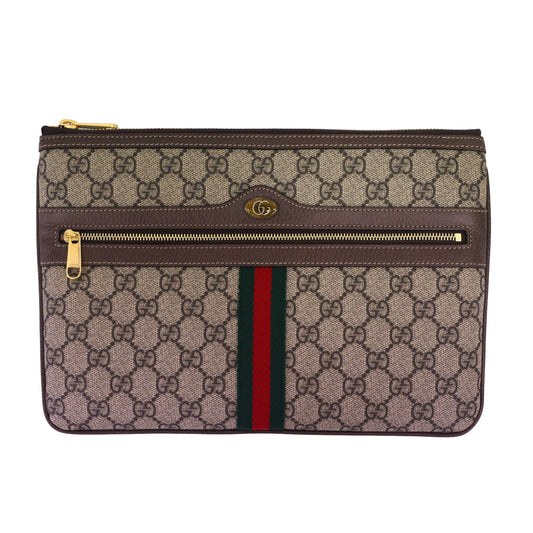
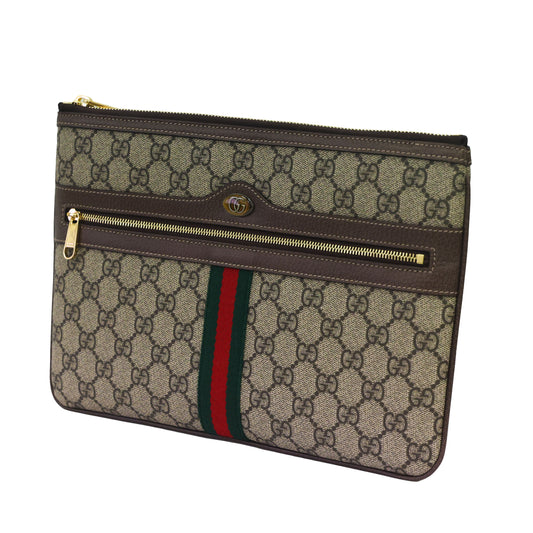
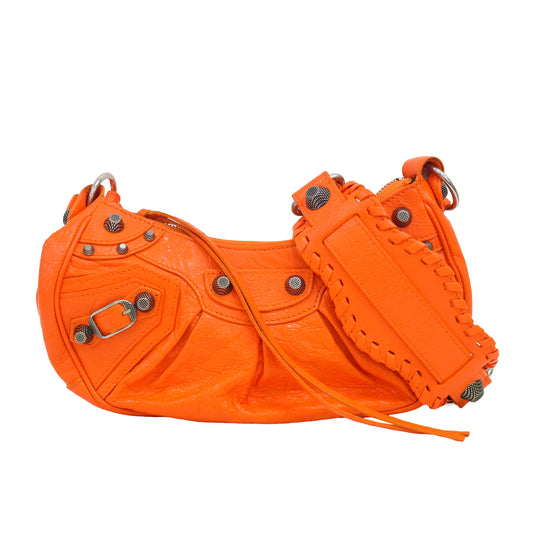
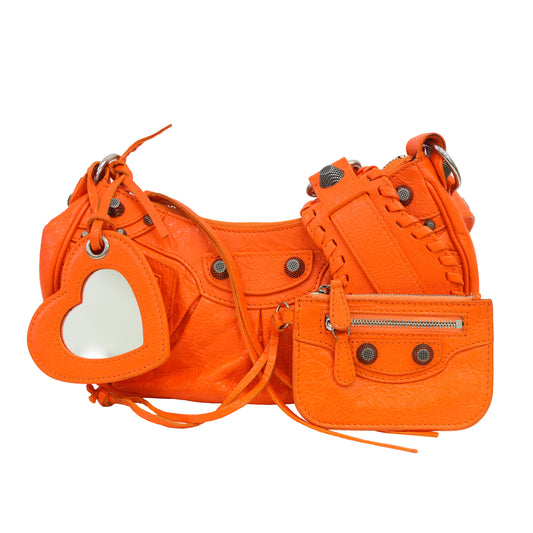
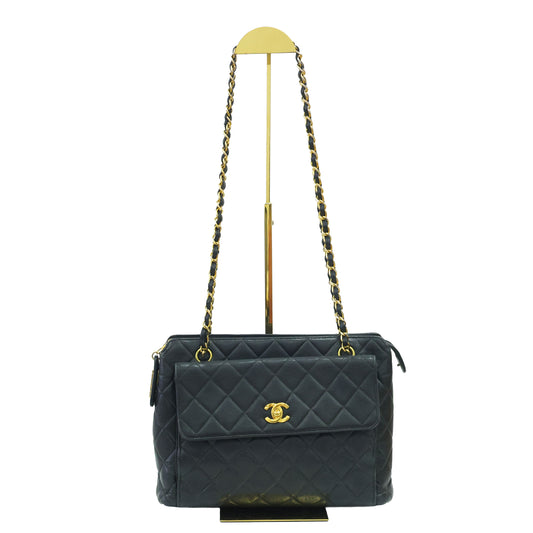
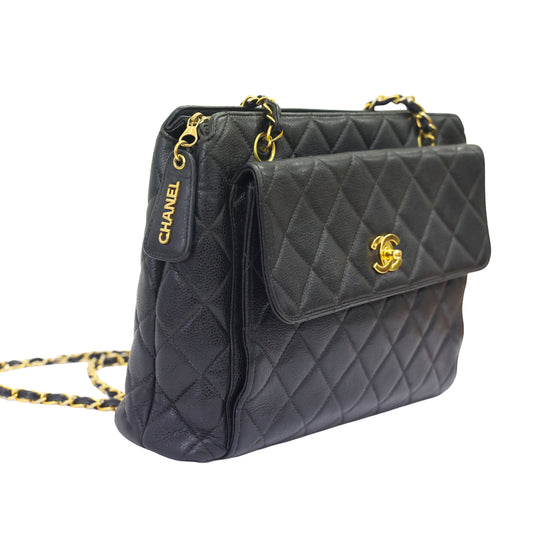
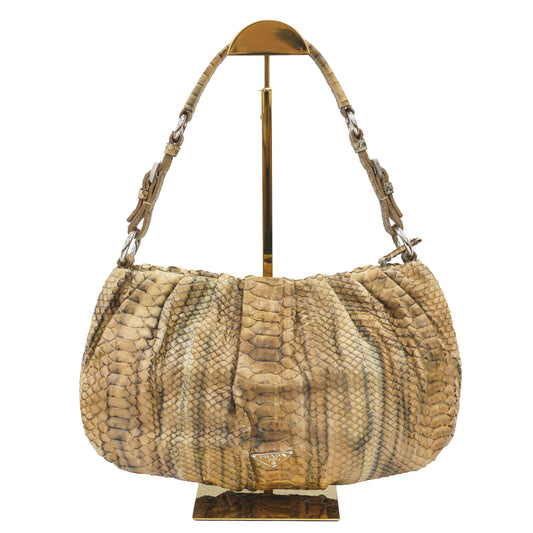
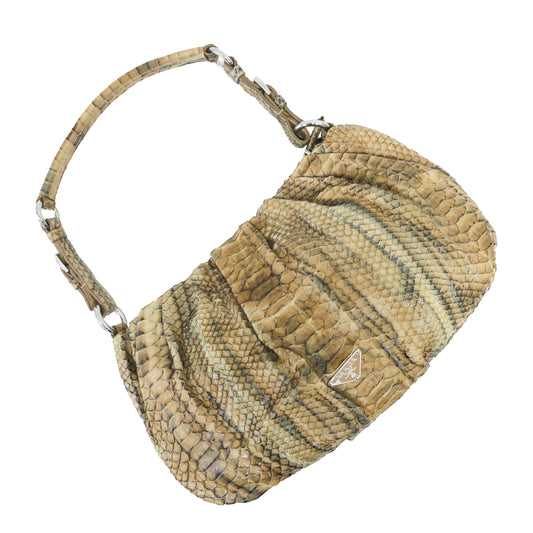
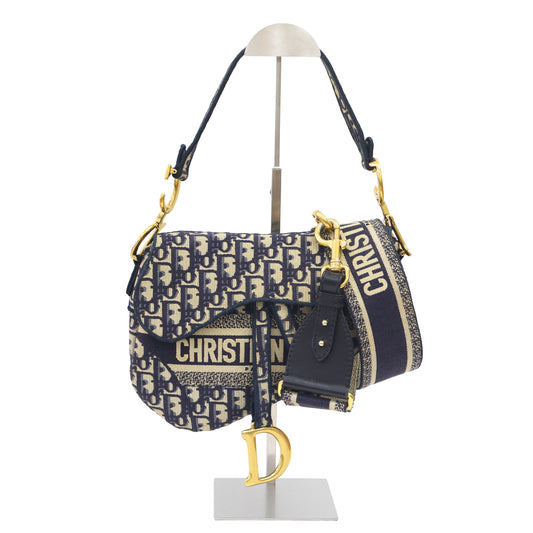
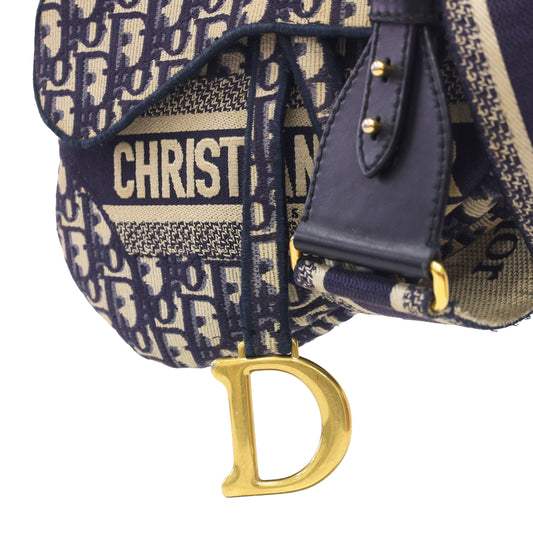
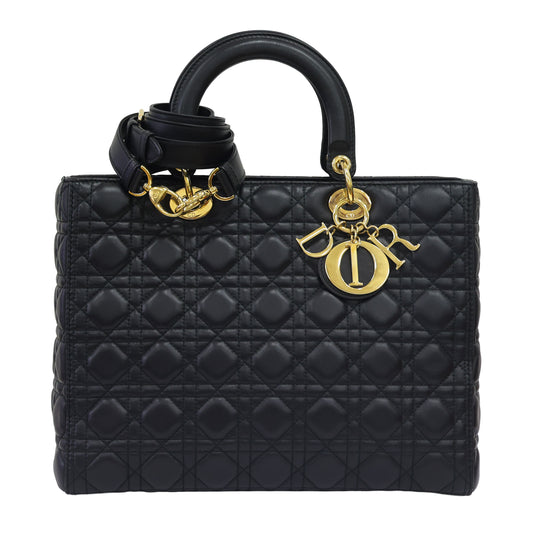
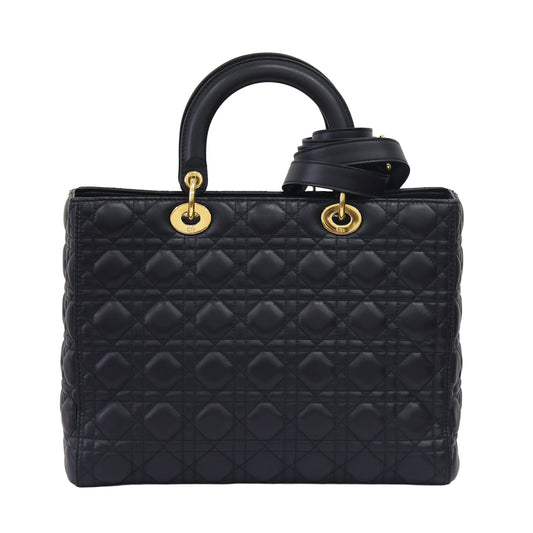
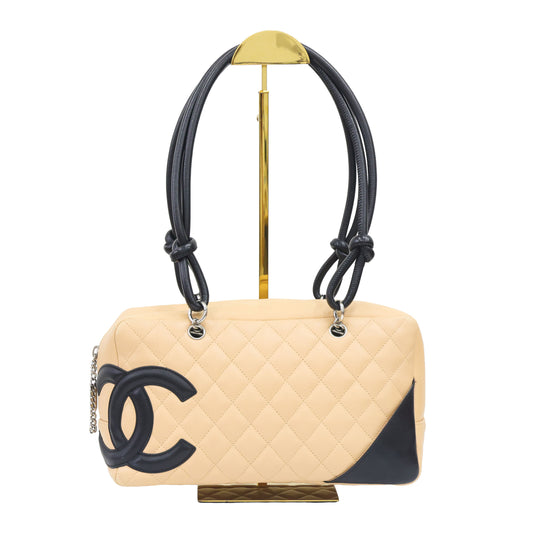
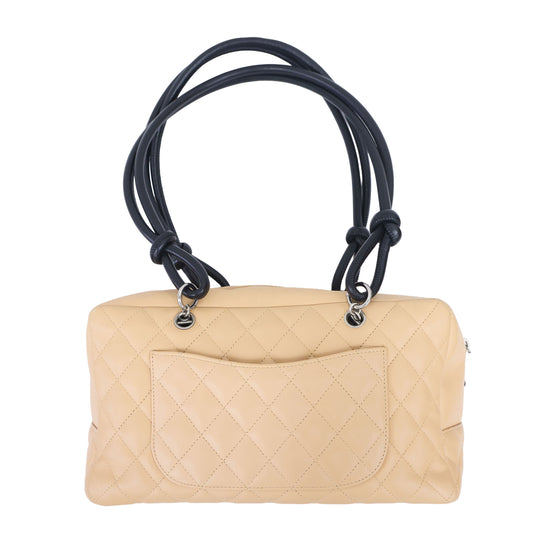
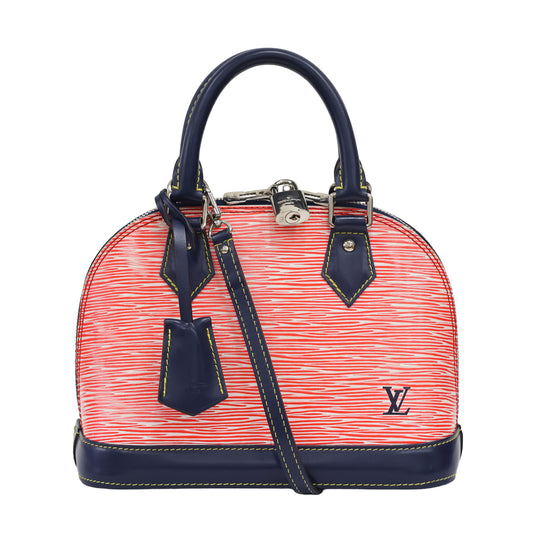
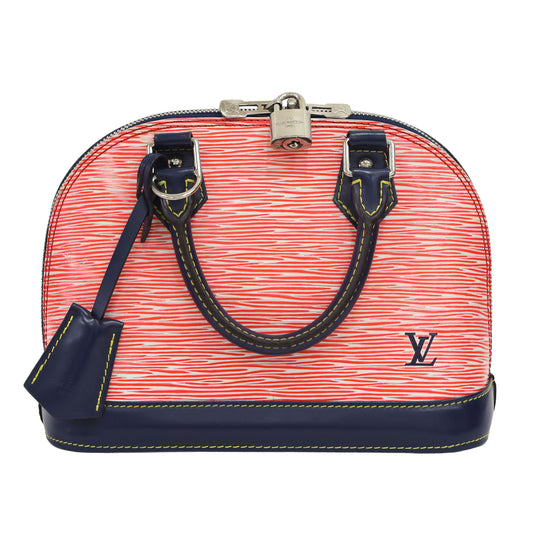
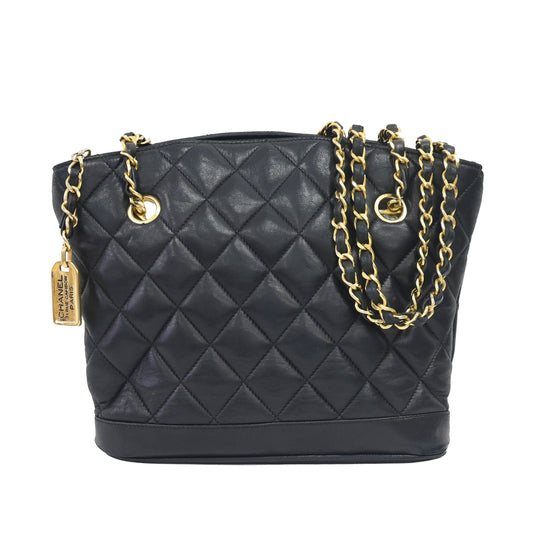
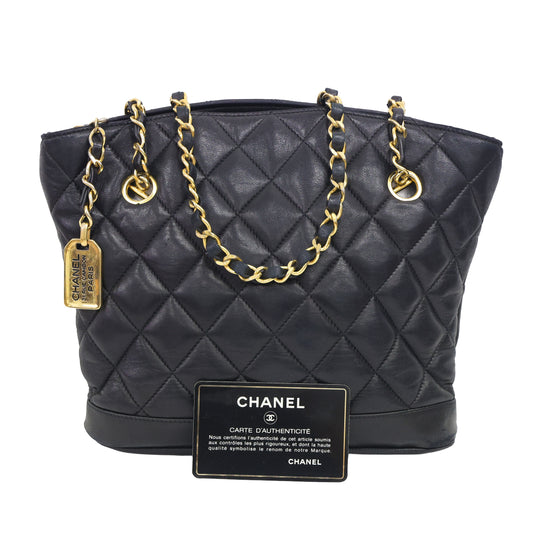





0 comments